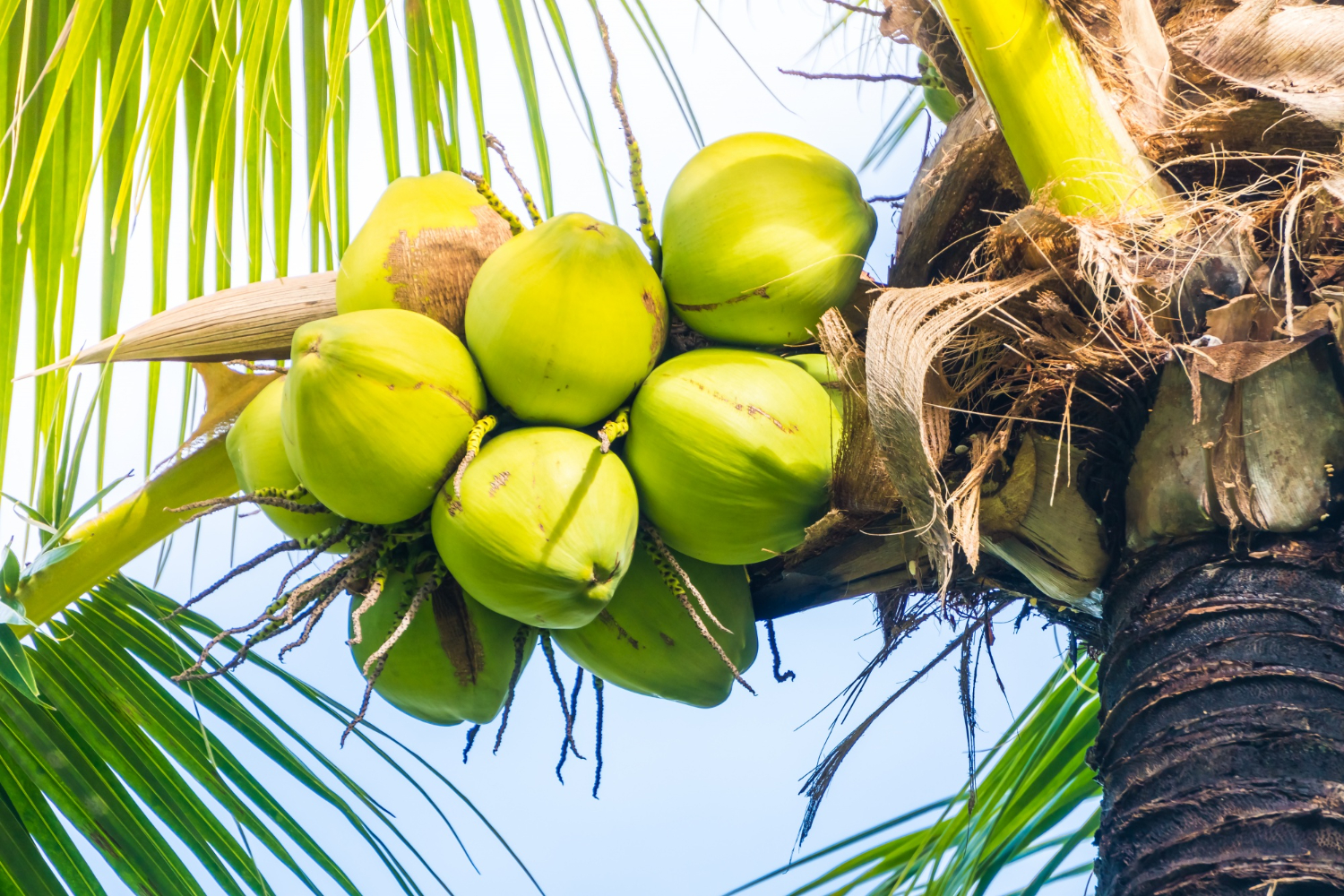The financing facility will be provided for funding Agriculture Infrastructure Projects at farm-gate & aggregation points to agri entrepreneurs, farmers, Primary Agricultural Cooperative Societies, Farmers Producer Organizations, Start-ups, state agencies, state sponsored Public Private partnerships, etc.
All scheduled commercial banks, scheduled cooperative banks, Regional Rural Banks (RRBs), Small Finance Banks, Non-Banking Financial Companies (NBFCs) and National Cooperative Development Corporation (NCDC) may participate to provide this financing facility, after signing of Memorandum of Understanding (MoU) with National Bank for Agriculture & Rural Development (NABARD)/DA&FW. If required, need based refinance support will be made available by NABARD to all eligible lending entities including cooperative banks and RRBs as per its policy.
The key objective of the scheme is to mobilize a medium to long term debt financing facility for investment in viable projects for post-harvest management Infrastructure and community farming assets through incentives and financial support in order to improve agriculture infrastructure in the country.
The scheme covers post-harvest management projects like supply chain services including e-marketing platforms, warehouse, silos, pack-houses, assaying units, sorting & grading units, cold chain, logistics facilities, primary processing centers, ripening chambers and other viable projects for building community farming assets such as organic input production, bio stimulant production units, infrastructure for smart and precision agriculture, supply chain infrastructure for clusters of crops including exports clusters etc.
All loans up to a limit of ₹ 2 crores under this financing facility will have interest subvention of 3% per annum. This subvention will be available for a maximum period of 7 years. An applicant can put up to 25 projects in different locations and each of such projects will be eligible under the scheme for loan upto ₹ 2 crore. Under the scheme, it is mandatory for borrowers to contribute at least 10% of total project cost irrespective of available capital subsidy. Multiple projects in one location are also eligible with an overall cap of ₹2 crore. In case, one eligible entity puts up projects in different locations then all such projects will be eligible under the scheme for loan upto ₹2 crore. However, for a private sector entity, such as farmer, agri entrepreneur, start-up there will be a limit of maximum of 25 such projects. This limitation of 25 projects will not be applicable to state agencies, cooperatives, national and state federations of cooperatives, FPOs, federations of FPOs, SHGs and federation of SHGs.
The Scheme will be operational from 2020-21 to 2032-33. Loan disbursement under the scheme will complete in six years, i.e. by the end of Financial Year 2025-26.
24% of total grants – in – aid under the scheme should be utilized for SC/ST entrepreneurs (16% for SC and 8% for ST). Besides this, lending institutions would ensure adequate coverage of entrepreneurs belonging to women and other weaker segments of society may be provided loan on priority basis to ensure that benefits of implementation are inclusive and accrued to the intended beneficiaries in accordance with Government guidelines and policies.
The scheme targets to provide following benefits:
1) Improved marketing infrastructure to allow farmers to sell directly to a larger base of consumers and hence, increase value realization for the farmers. This will improve the overall income of farmers.
2) With investments in logistics infrastructure, farmers will be able to sell in the market with reduced post-harvest losses and a smaller number of intermediaries. This further will make farmers independent and improve access to market.
3) With modern packaging and cold storage system access, farmers will be able to further decide when to sell in the market and improve realization.
4) Community farming assets for improved productivity and optimization of inputs will result in substantial savings to farmers.
5) Government will be able to direct priority sector lending in the currently unviable projects by supporting through interest subvention, incentive and credit guarantee. This will initiate the cycle of innovation and private sector investment in agriculture.
6) Due to improvements in post-harvest infrastructure, government will further be able to reduce national food wastage percentage thereby enable agriculture sector to become competitive with current global levels.
7) Central/State Government Agencies or local bodies will be able to structure viable PPP projects for attracting investment in agriculture infrastructure.
8) With Credit Guarantee, incentive and interest subvention lending institutions will be able to lend with a lower risk. This scheme will help to enlarge their customer base and diversification of portfolio.
9) Refinance facility will enable larger role for cooperative banks and RRBs.
In partnership with the National Bank for Agriculture and Rural Development and monitoring committees, lending institutions must create the following criteria for selecting qualified borrowers:
Following the signing of a Memorandum of Understanding (MoU) with NABARD, all scheduled commercial banks, scheduled cooperative banks, Regional Rural Banks (RRBs), Small Finance Banks, Non-Banking Financial Companies (NBFCs), and the National Cooperative Development Corporation (NCDC) will provide this financing facility.
Qualifying businesses must apply for funding using the Management Information System (MIS) platform.
Banks and lending institutions will get interest subsidies and credit guarantee support from the Public Financial Management System. To make payments to beneficiaries under this strategy, lending institutions must utilise an Aadhaar-linked bank account.
1) PSUs are directly not eligible under the scheme, but projects sponsored by them under PPP are eligible.
Step01: Apply as a beneficiary on https://agriinfra.dac.gov.in/ Registration and complete registration to generate a Beneficiary ID.
Step 02: Download DPR template from the website. The beneficiary will be able to login with the beneficiary ID created in Step 01.
Step 03: The applicant must then login and fill project details on the portal and submit DPR in given format and submit application.
Step 04: Post submission, the application will be reviewed by Ministry of Agriculture & Farmers Welfare. Eligible applications will be transferred digitally to the selected bank for credit appraisal.
Step 05: Bank will review the project for viability and accordingly sanction the project. The time limit to convey the decision on the loan application to the applicant is set for a maximum period of 60 days from the date of application of the loan.
1) Bank’s loan application form / Customer Request Letter for AIF Loan duly filled and signed
2) Passport size photographs of the promoter/partners/director
3) Identity proof – Voter ID card/PAN card/Aadhaar card/Driving license
4) Address Proof :
• Residence: Voter ID card/Passport/Aadhaar card/Driving license/Electricity Bill/Latest property Tax Bill
• Business Office/Registered Office: Electricity Bill/Latest Property Tax Receipt/Certificate of Incorporation in case of Companies/Certificate of Registration in ca of partnership Firms
5) Proof of Registration:
• In case of Company : Article of Association
• In case of Partnership : Certificate of Registration of Firm with Registrar of Firm
• In case of MSMEs : Certificate of Registration with District Industries Centre (DIC)/Udyog Aadhar Copy
6) Income Tax Return for last three years, If available.
7) Audited Balance Sheet of last 3 Years, If available.
8) GST Certificate, if applicable.
9) Land ownership records – title deed/lease deed. If applicable, then Permission to mortgage the Immovable Property from the Lessor in case the Property is Leasehold (for primary security)
10) ROC Search Report of the Company
11) KYC documents of the promoter/firm/company
12) Copy of Bank Statement for last one year (If available)
13) Repayment track record of existing loans (Loan Statement)
14) Net Worth Statements of promoter
15) Detailed Project Report
16) As applicable – Local authority permissions, Layout plans/estimates, Building sanction








